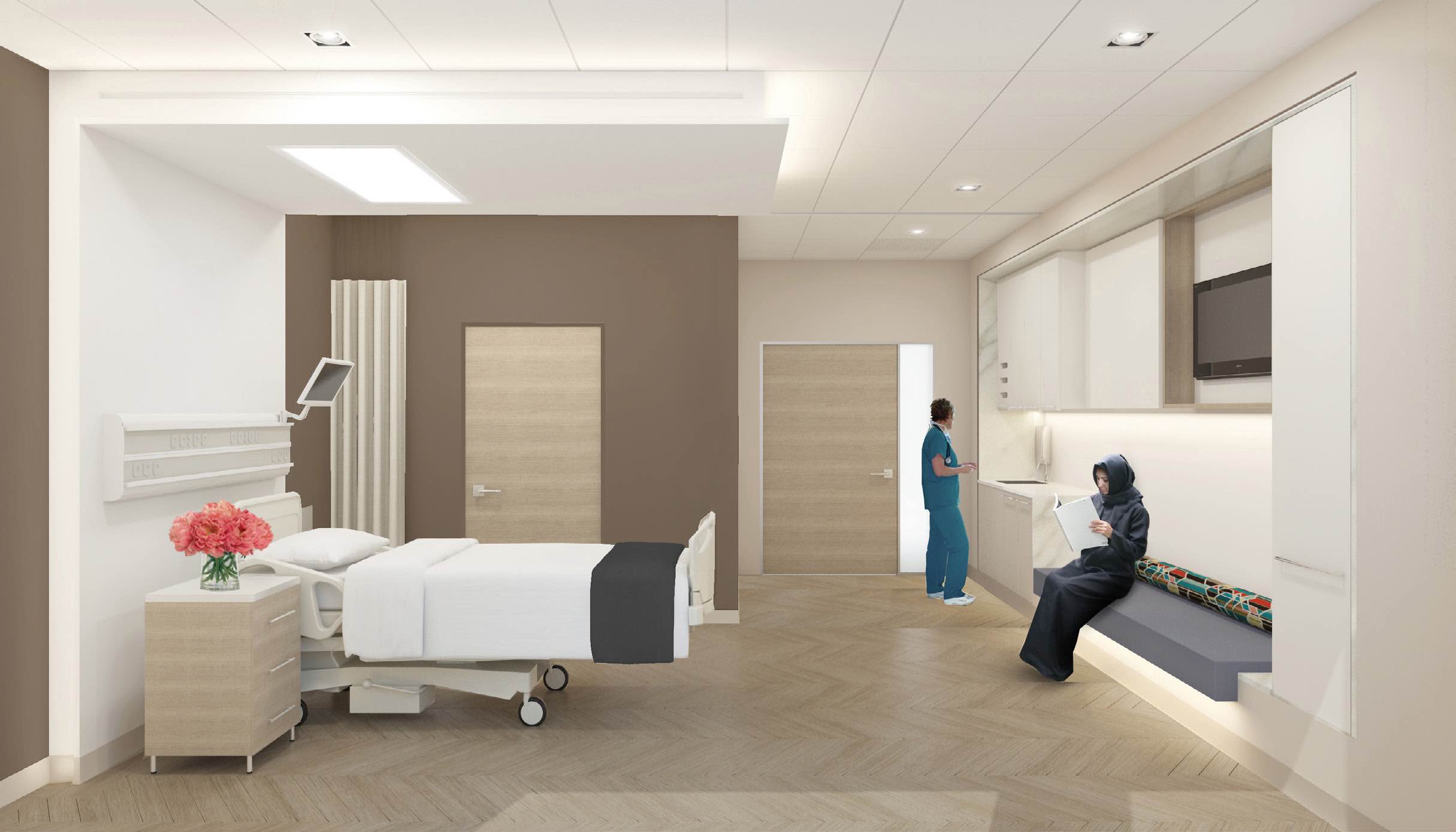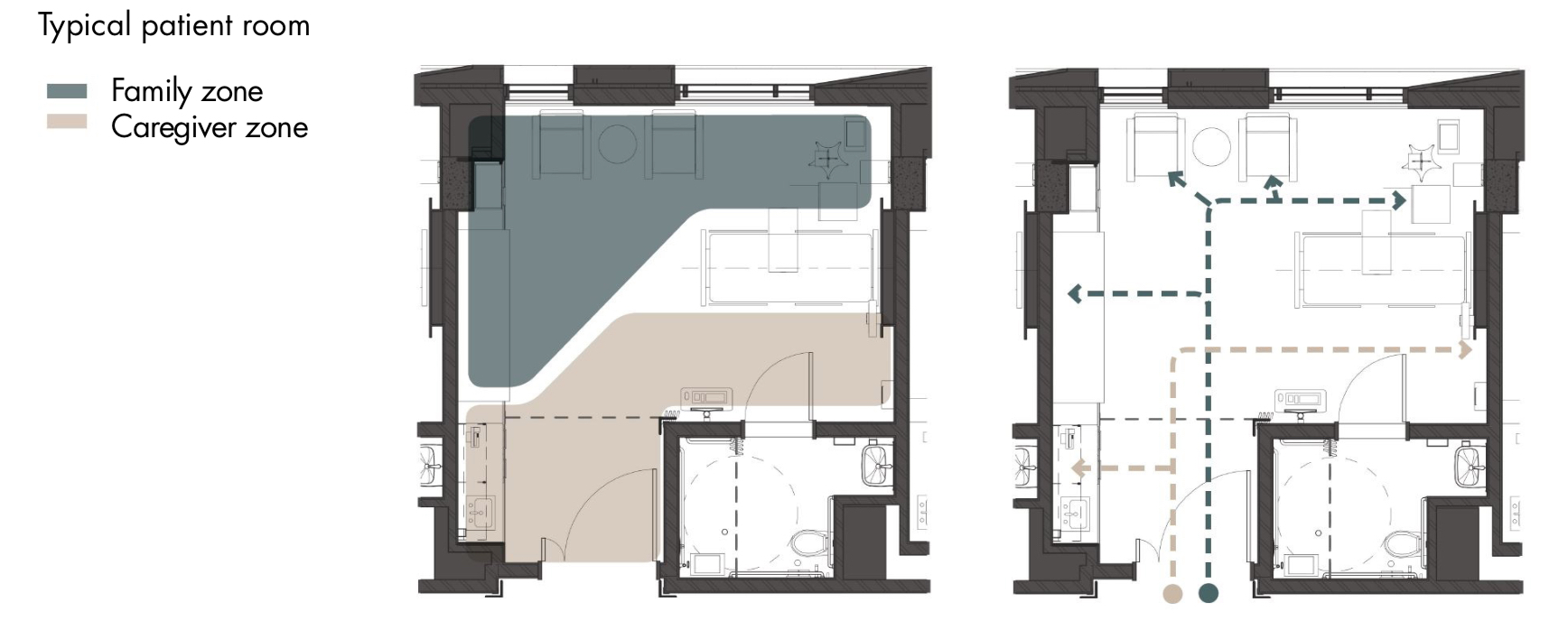Alrazi Hospital Expansion with NBBJ
National Healthcare Modernization
National Healthcare Modernization
The state of Kuwait's ministry of health's healthcare facilities are ailing. The state spends tens of millions of dollars annually to send its citizens abroad for medical treatment due to the insufficiency of its domestic facilities. A few years ago, some visionary leaders decided to take those dollars and invest them home. This resulted in an ambitious project to modernize kuwait's healthcare facilities by expanding the current healthcare system's capacity and quality. As part of that project was the expansion of Alrazi Hospital.
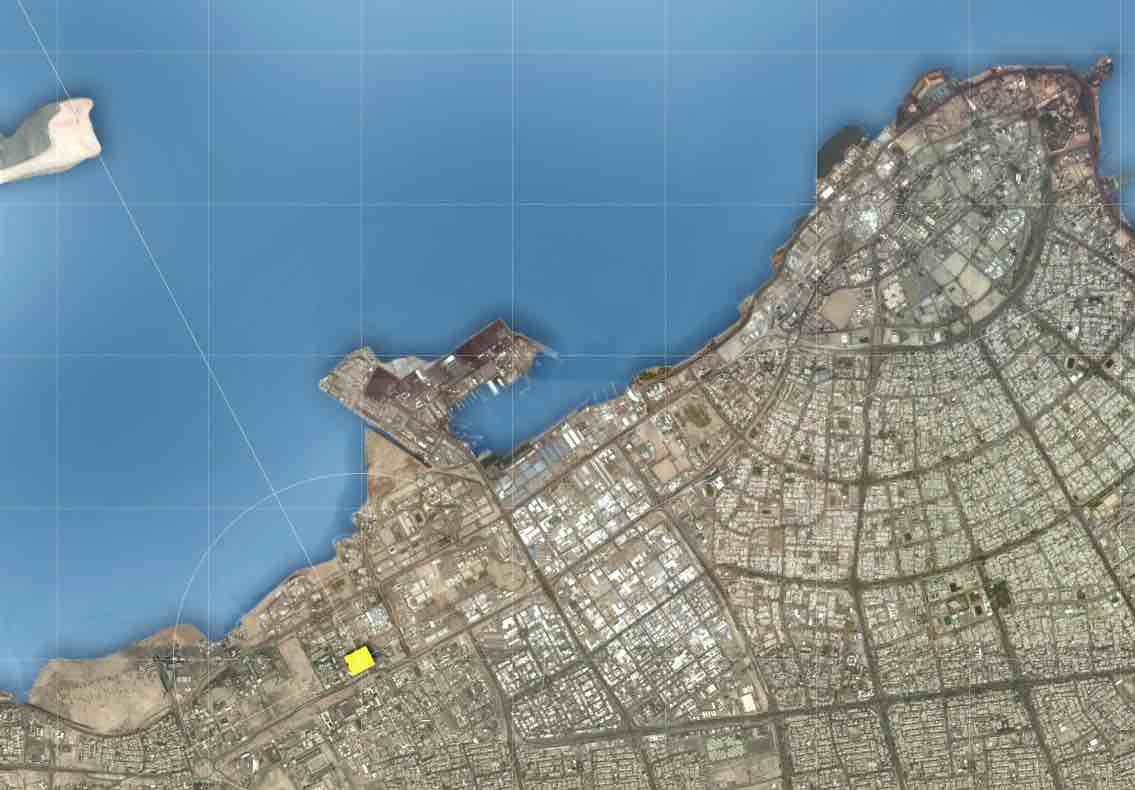
Architecture for Everybody
The beauty of any work is one that brings value to others. The beauty of healthcare in kuwait is that anyone in kuwait is able to benefit at no cost. Hence, designing this hospital and being a part of this healthcare modernization project is rewarding beyond the usual architectural expression, it is truly a service to people. Again, here, the architect is a not merely a designer; rather an active participant in shaping a new future.

Responding to the Environment
The climate in kuwait is generally hot with little rainfall throughout the year. Respondong to climatic conditions passively is neccessary. With the building's orientation being approximately 30 degrees off north, programmatically, most patient care program was moved to the north, with support spaces mostly to the south. Additionally, an attempt to make the building more solid was sought, as solidity is the best fortification against the heat of kuwait.
Types of Movement
Many say beauty is subjective, but recently some studies suggest that people can generally agree on what's beautiful. In building design, there are criteria that can be laid out ahead of time to determine the success of a project. In this case, the criteria attempts to be all-encompassing to truly create architecture. This exercise gives the project specificty for its place and time. It is truly an attemtpt to become the project; rather than asking the project to become it.
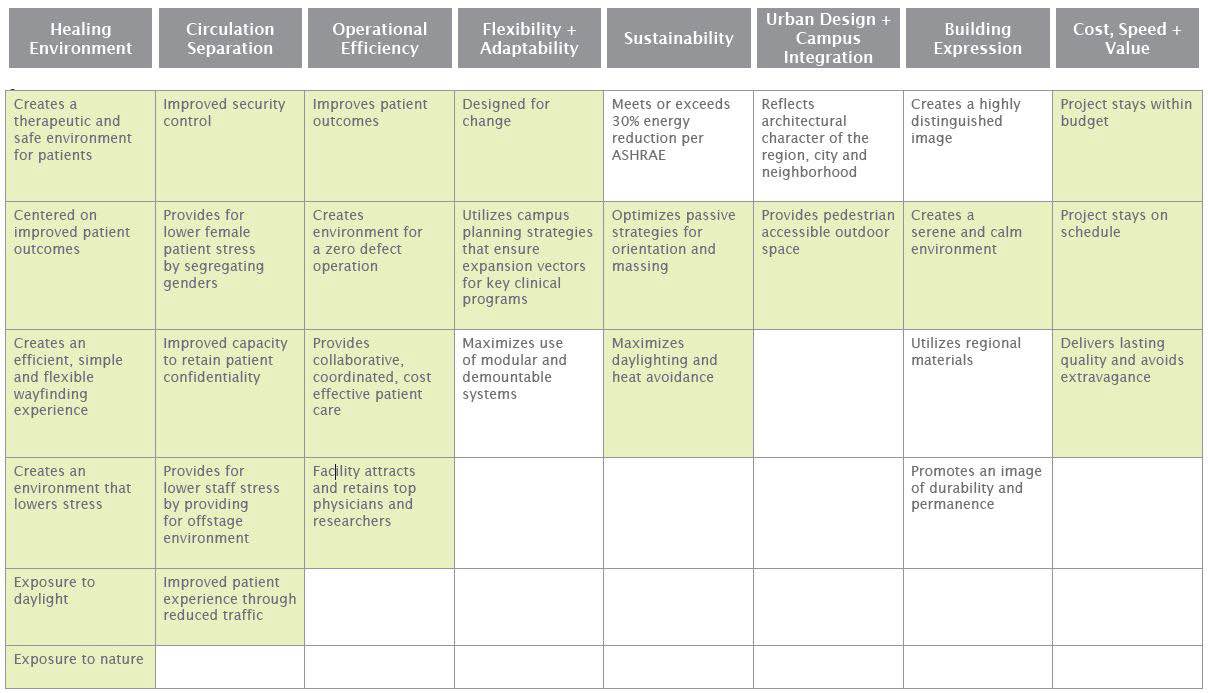


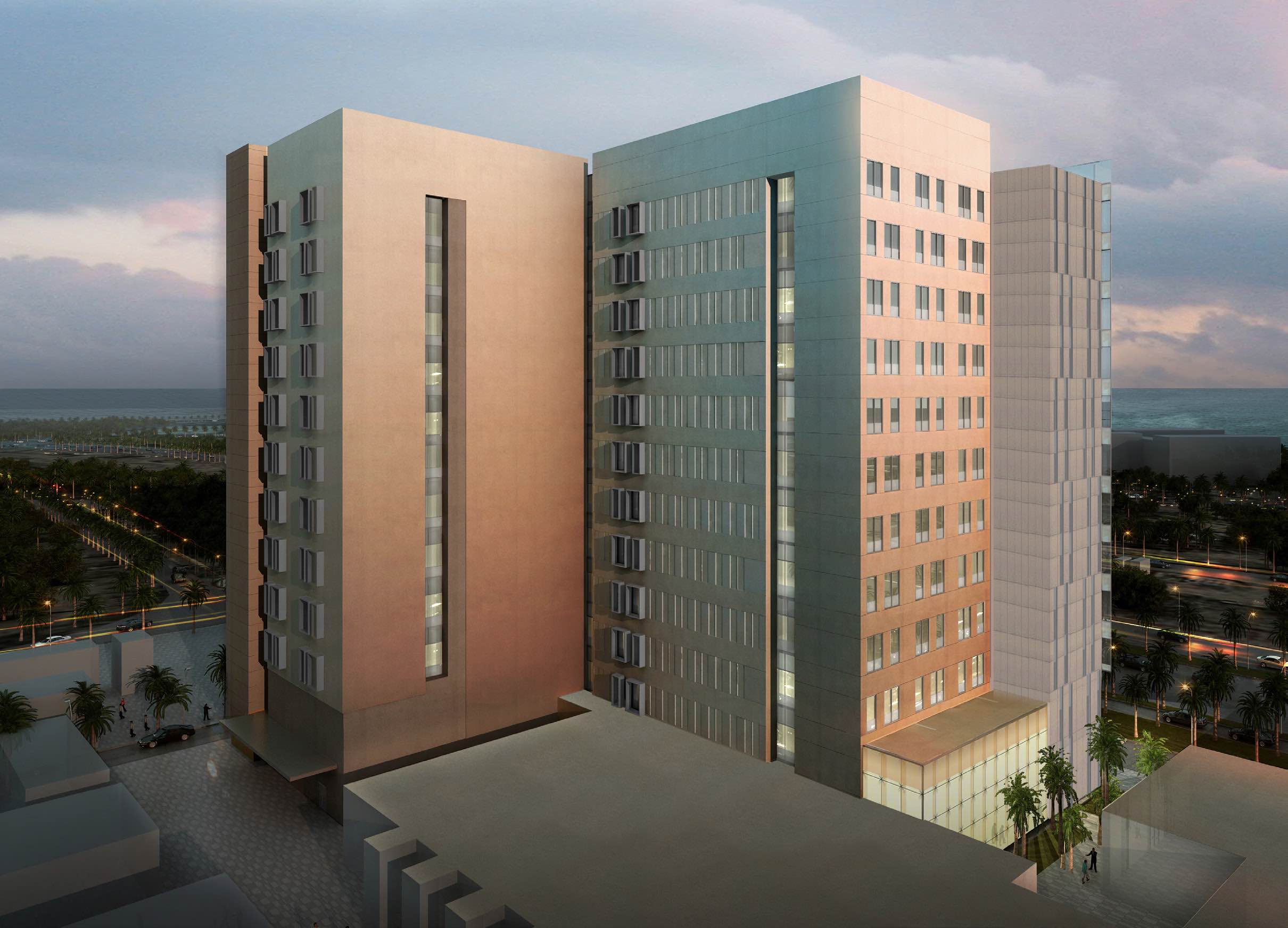
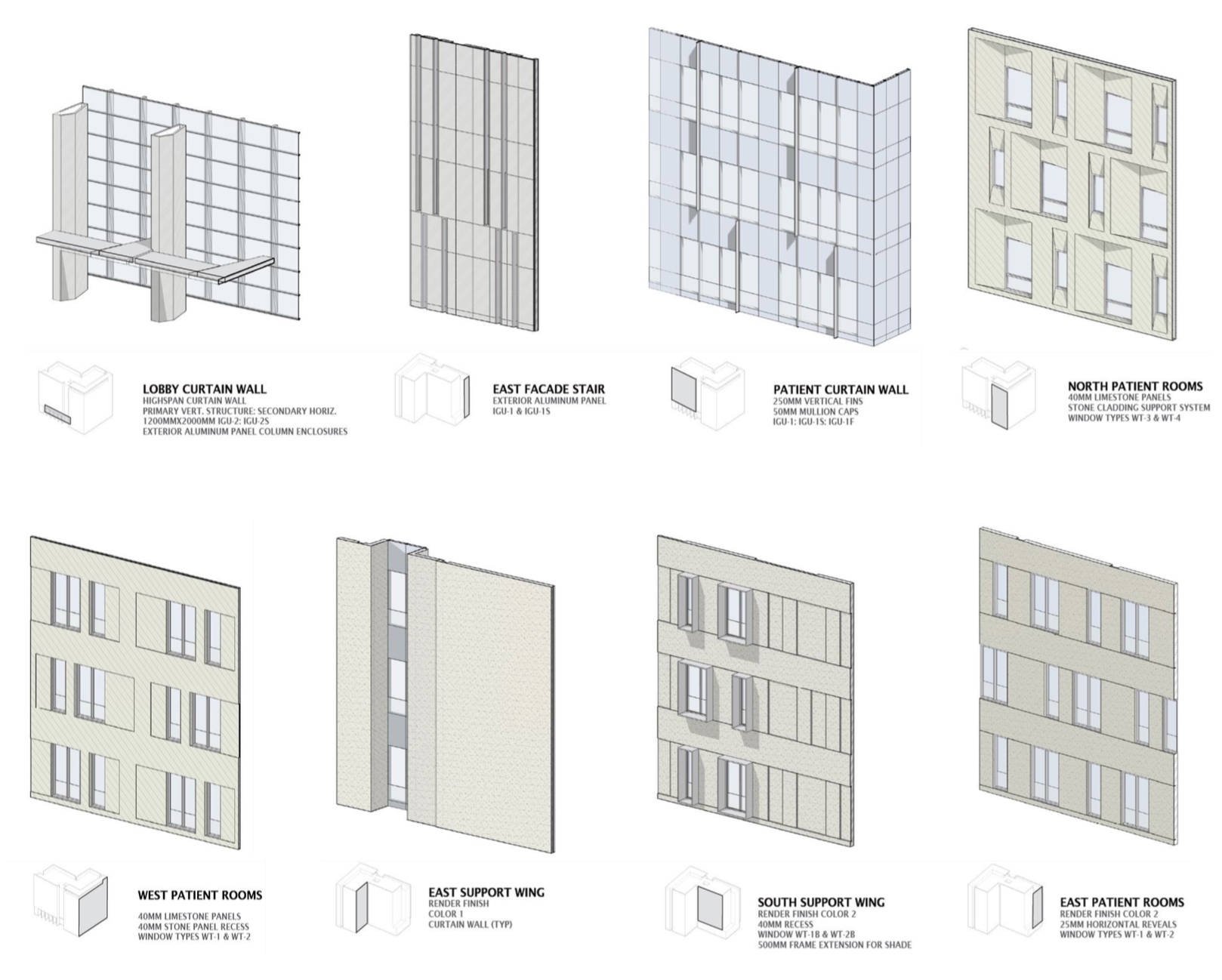
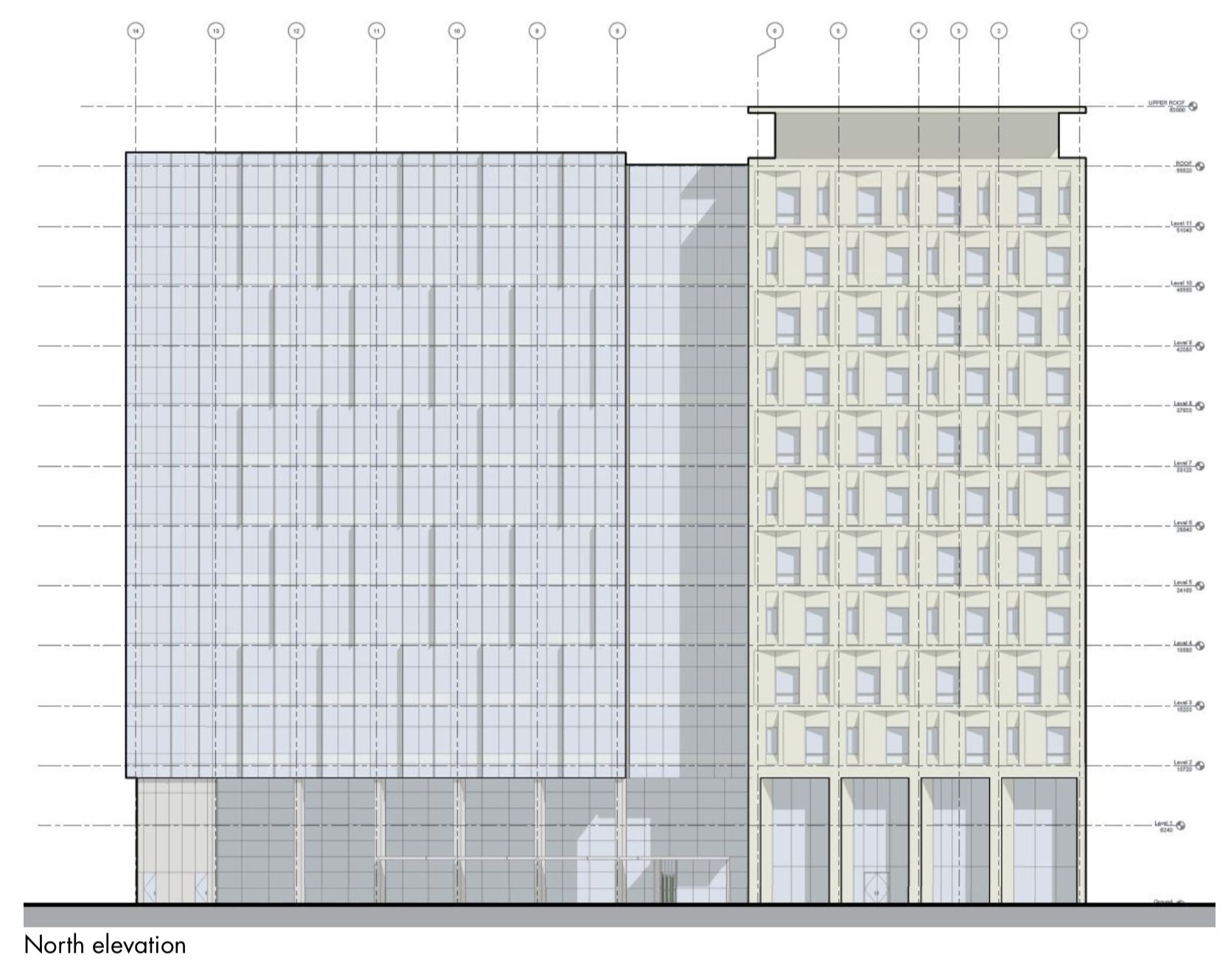
Healthcare for Women
This project is unique in a way that it is not merely a new hospital in kuwait; rather is an all-female facility, especially as it relates to privacy and modesty. The inspiration for the interior design was the sadu textile weaving of the region, which is a prominent part of kuwait’s cultural history. Sadu further relates to the facility’s design as the textile was primaily woven by women, giving us a better understanding of kuwaiti women’s perception of pattern, color and texture.

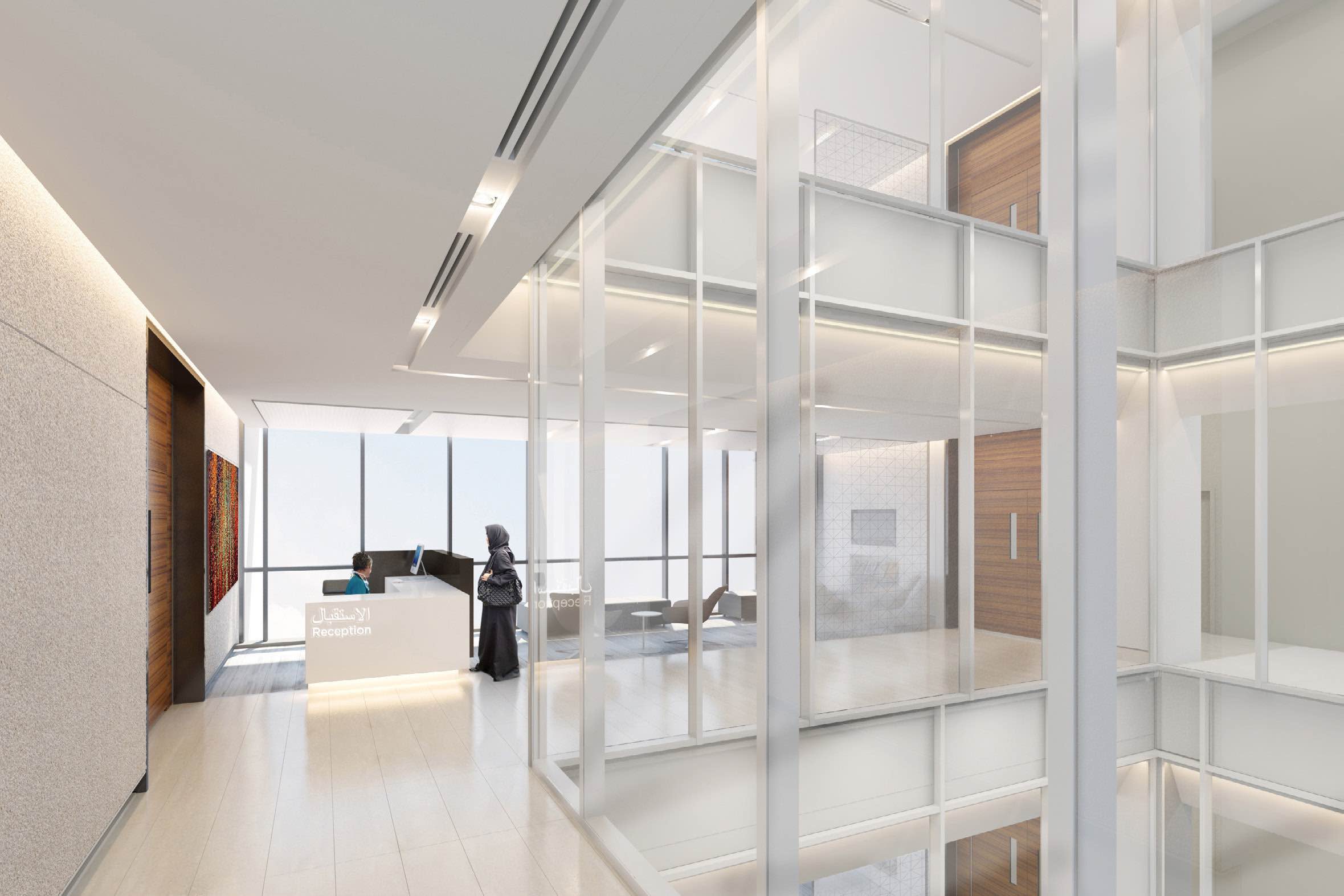
Designing for Healing
In a healthcare environment, everything and everyone plays a role in healing. Studies show that the amount of sunlight a patient receives, a view of a natural environment and the noises one is exposed to are all contributing factors to healing.
More importantly, the caregivers, the people that support the patients around the clock play a crucial role in the healing process. Hence, the comfort of caregivers and understanding their needs is as important as understanding the patients' needs. Family and friends are another essential part of the healing process. That is especially true in Kuwaiti culture, where family is a lot more present and engaged in one's life.
Hence, a model with the patient at the center is perhaps a limited understanding of the problem. The reality is that healing is at the center, and every part & component of the hospital and anyone interacting with the patient is a participant in the healing process.

